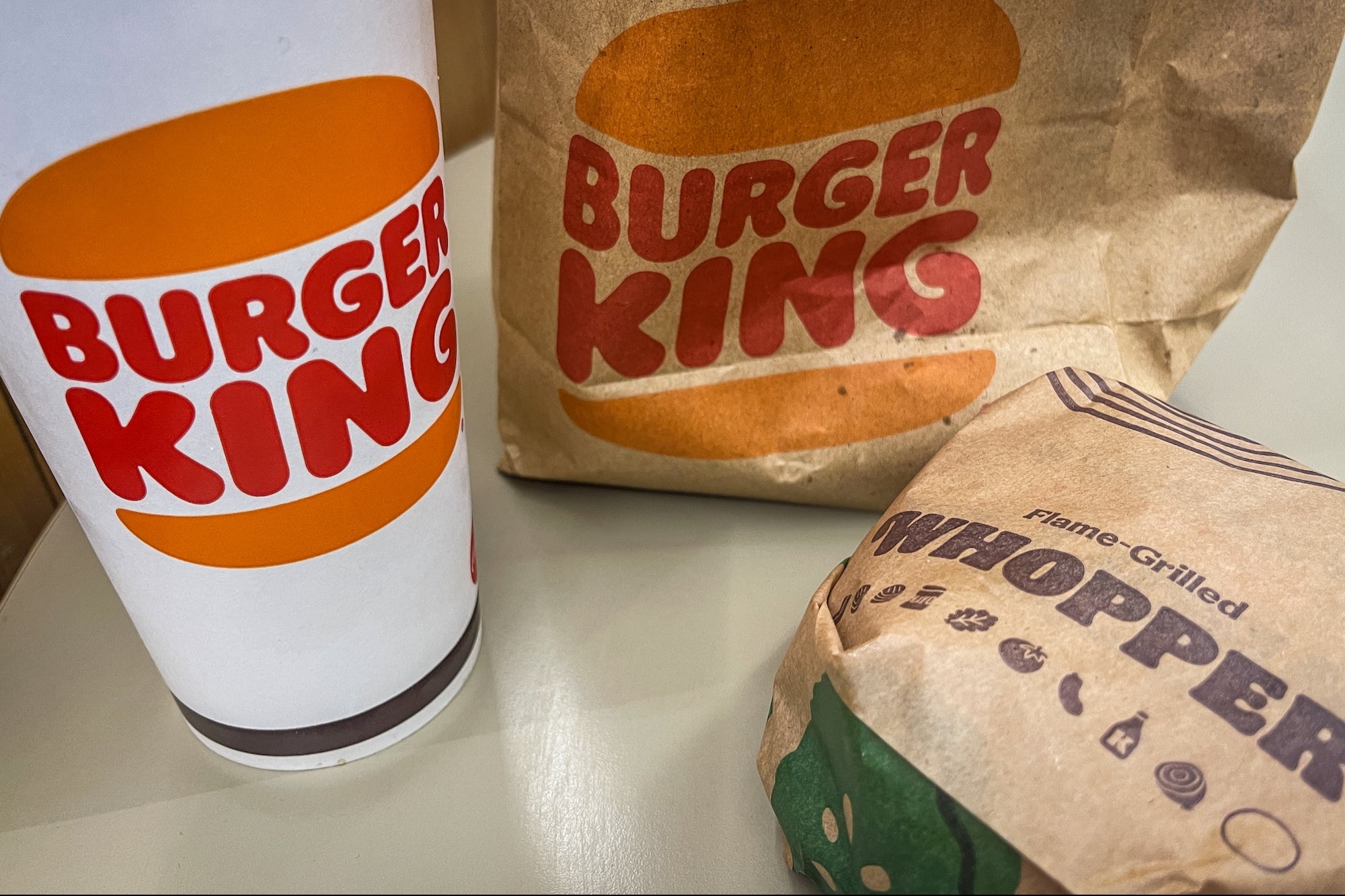By Felicia Nwosu
Burger King has been alleged to be involved in a lawsuit over false advertising. The global Quick Service Restaurant (QSR) brand was accused of making its subject in food ads to look bigger, juicier and crispier than they are in real life. This complaint came from consumers who claimed that those mouthwatering ads crossed the line, alleging it as a deception on the part of Burger King, which led to a lawsuit.
According to a report by Mediapost, the case was originally filed in 2020 by Florida attorney Anthony Russo, where the suit represented plaintiffs from various locations such as Florida, New York, Illinois, Massachusetts, Michigan, California, Connecticut, Ohio, Kentucky, Mississippi, Pennsylvania and Arizona.
The suit’s primary allegation is that Burger King, through its advertisements and in-store ordering boards, “materially overstates” the size of (and the amount of beef contained in) many of its burgers and sandwiches. The plaintiffs claim that Burger King used to “more fairly advertise the size of the Whopper on its website and store menus,” and that “although the size of the Whopper and the beef patty increased materially in Burger King’s advertisements, the amount of beef or ingredients contained in the actual Whopper that customers receive did not increase.”
It revealed that while a Florida judge determined that portions of a class-action suit regarding false advertising by Burger King will move forward, Burger King on its part, moved to dismiss the charges, with parts of the motion being granted, while others were denied in part.
U.S. District Judge Roy Altman agreed to dismiss the claims that Burger King’s television and online advertisements misled customers, as well as with the accusations which claimed the company violated consumer protection laws.
Considering other charges, the judge did decide that other components of the charges which included allegations of negligent misrepresentation, breach of contract and unjust enrichment could move forward.
U.S. District Judge backed the ruling by stating that the court was not in the position to determine if the difference between products received and advertised were enough to alter the purchasing preferences of reasonable American consumers.
“It would be better to leave that determination to the consumers themselves, who if the case survives that far, will get to sit in the jury box and tell us what reasonable people think on the subject,” the judge said.







Comment
No comments found.